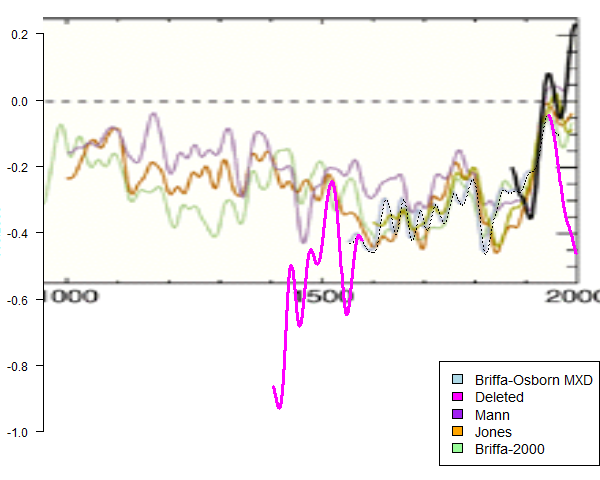Originally posted by Wooglin
View Post
It's impossible to get this "average global temperature" (I don't even know what it means) that these guys have to create a computer program that will spit out the desired result.
This model can only predict "the future." It was never able to predict the present or predict the past, as in plug in historical data to confirm if the model could generate a result that matches the observed climate. It couldn't.
I would totally trust a bunch of government doctors telling me that I have cancer because they plugged my social security number and the food I like to eat into this computer model, without actually looking at me.





Comment